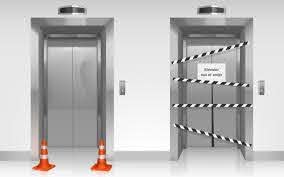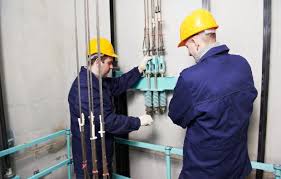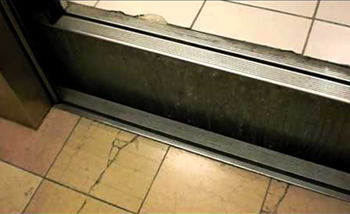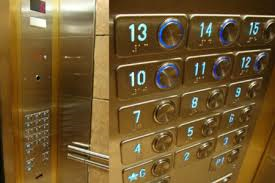 December 2020
December 2020
Two of five elevators have been out of commission for weeks. One is being used for a move leaving only two in operation. You push the button and wait … and wait …. and wait. Ten to fifteen minutes later the elevator arrives. You squeeze in as the elevator rises while stopping on numerous floors. Twenty minutes later your two-minute elevator trip is complete.
If you reside in a high-rise building this first and last part of your commute may be normal if your community fails to adequately maintain its elevators.
Elevator transit is the “first mile” and “last mile” of the daily commute. When this equipment is not properly maintained breakdowns and problems become a regular occurrence. Fear of elevator breakdown is greatest among the elderly and mobility-challenged who are less able to navigate stairs during an emergency situation. Elevator entrapments, in fact, are rare.
Technical Standards and Safety Authority (TSSA) administers and enforces elevator regulations in Ontario. In 2017 they report more than 10,000 Ontario buildings being serviced by elevators, about 655,000 daily elevator trips in 19,900 elevator cars. The Globe and Mail reported an average of 25 elevator entrapments a day for 2017 – 9,649 in total.
Condominium building elevators had a greater incidence of problems while remaining available for use 93 percent of the time.
One or two elevators available for use in a residential building with 400 to 800 residents can be a problem. Transporting oneself along with children, groceries, personal or work items, or homewares up 20 to 70 stories without elevator access is unreasonable and unnecessary. Elderly and mobility-challenged residents can be stranded in their home for days or weeks. Elevator disruptions occur with less frequency in a commercial building.
Elevators are complex equipment with hundreds of individual parts. Ensuring they continue to operate reliably requires regular maintenance.
When elevator failures occur residents may blame management for delays beyond their control. Service companies may be blamed for not being sufficiently responsive. What often occurs is that older elevators are harder to maintain. Problems take longer to identify and parts may take longer to obtain. Reducing elevator problems requires a greater investment in preventative maintenance so they don’t reach a point where breakdowns become more frequent and repair delays inevitable. Elevators would not have to be grounded for weeks while problems are identified and parts ordered.
There is no epidemic of elevator problems in residential high-rise communities. There are problems that can be eliminated so residential high-rise elevator failures are reduced to the level of those in commercial buildings. This requires greater investment in preventative maintenance and willingness to replace components before failure occurs.







